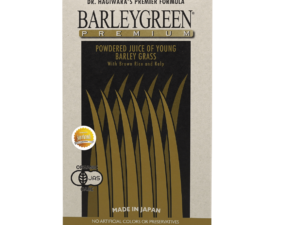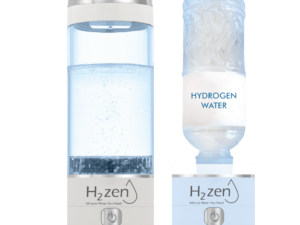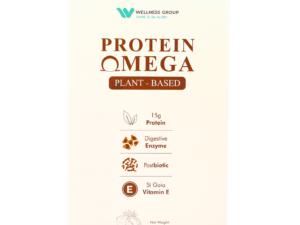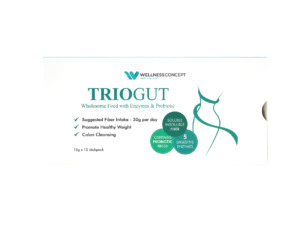What if the secret to a stronger immune system isn’t just about what you eat, but how your body processes it? Research reveals that nearly 70% of immune function ties directly to digestive wellness. This connection hinges on maintaining an environment where beneficial microbes thrive—a task requiring precise pH levels many overlook.
The Wellness Group bridges science and daily habits to help individuals achieve this equilibrium. Their approach combines clinical expertise with practical strategies, such as tailored dietary plans and targeted supplements. These methods support the microbiome’s natural ability to regulate itself, which impacts everything from energy levels to disease resistance.
For those in Malaysia seeking personalized advice, the team offers consultations via WhatsApp +60123822655 during business hours: Monday-Friday 9:30 am-6:30 pm and Saturday 10 am-5 pm. Their evidence-based guidance simplifies complex science into actionable steps, whether through pH-balancing solutions or lifestyle adjustments.
Key Takeaways
- 70% of immune function links to digestive system health
- Optimal pH levels create ideal conditions for microbial balance
- Expert strategies combine research with real-world application
- Microbiome health influences overall well-being
- Personalized plans adapt science to individual needs
Introduction to Probiotics and Gut pH Balance
Imagine your digestive system as a bustling city where microscopic residents determine your well-being. Trillions of organisms collaborate daily, creating conditions that influence nutrient processing and immune defenses. This microbial community thrives best when acidity levels stay within specific ranges.
Disruptions from antibiotics, chronic stress, or processed foods can shift these conditions dramatically. Beneficial microorganisms struggle in imbalanced environments, while harmful ones multiply. Live cultures found in fermented foods and supplements act as reinforcements, helping restore equilibrium according to research from the National Institutes of.
Three key benefits emerge from maintaining this delicate system:
- Enhanced breakdown of food into usable nutrients
- Efficient removal of metabolic waste products
- Production of vital compounds like short-chain fatty acids
These processes affect skin clarity, mental focus, and resistance to seasonal illnesses. Simple dietary choices and lifestyle adjustments create ripple effects across multiple body systems. For Malaysian residents, understanding this connection offers practical ways to support their unique nutritional needs in tropical climates.
Understanding Gut pH: The Role of Acidity and Alkalinity
Your body’s pH levels work like a backstage crew—unseen but vital for maintaining health. The term pH measures hydrogen ion concentration, ranging from 1 (highly acidic) to 14 (strongly alkaline). Neutral sits at 7. For reference, human blood stays slightly alkaline at 7.3-7.45, a critical range for cellular functions.
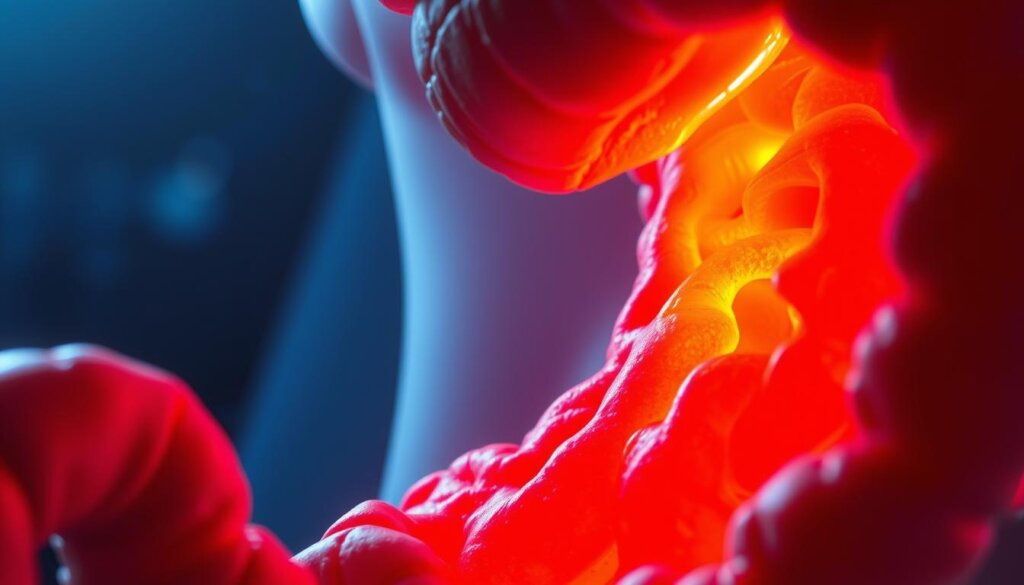
Different parts of your digestive system require specific acidity levels to operate efficiently. The stomach needs a harsh acidic environment (pH 1.5-3.5) to break down proteins and kill pathogens. As food moves to the small intestine, alkaline fluids neutralize this acid, creating ideal conditions for nutrient absorption.
“The colon thrives when slightly acidic—this prevents harmful bacteria overgrowth while supporting beneficial microbes.”
| Organ | pH Level | Key Function |
|---|---|---|
| Stomach | 1.5-3.5 | Breaks down food, destroys pathogens |
| Small Intestine | 7-8 | Neutralizes acid, absorbs nutrients |
| Colon | 5.5-7 | Supports microbial balance |
Imbalances disrupt this delicate dance. Too much acid in the wrong areas causes discomfort, while insufficient acidity hampers digestion. Recognizing these variations helps explain why targeted dietary choices matter—especially in Malaysia’s tropical climate, where hydration and fresh foods naturally support equilibrium.
What Are Probiotics and Their Impact on Gut Health?
Did you know your body hosts a hidden workforce that shapes your daily vitality? Trillions of microorganisms collaborate silently, influencing everything from nutrient absorption to immune responses. These tiny allies—often called good bacteria—form a living shield against harmful invaders while producing essential compounds.
The Function of Beneficial Bacteria
These microscopic helpers perform critical tasks behind the scenes. They break down complex foods, synthesize vitamins like B12 and K, and crowd out dangerous pathogens. Specific strains, such as Lactobacillus and Bifidobacterium, excel at creating environments where harmful organisms struggle to survive.
Their work extends beyond digestion. Research shows these beneficial bacteria communicate with immune cells, helping the body distinguish between threats and harmless substances. This interaction reduces unnecessary inflammation and supports overall wellness.
Differences Between Probiotics and Prebiotics
While both support microbial balance, they play distinct roles. Probiotics are live microorganisms that directly replenish populations of good bacteria. Prebiotics act as specialized fuel sources, found in foods like garlic and bananas, that nourish existing microbial communities.
| Type | Source | Primary Function |
|---|---|---|
| Probiotics | Fermented foods, supplements | Introduce live microorganisms |
| Prebiotics | Chicory root, onions, oats | Feed existing beneficial bacteria |
Together, they form a powerful partnership. Probiotics add new recruits to your internal ecosystem, while prebiotics ensure existing populations thrive. This synergy helps maintain optimal conditions for nutrient processing and immune support.
The Science Behind pH Regulation in the Digestive System
Behind every efficient digestive process lies a precise chemical balancing act. Specialized microorganisms work like microscopic chemists, constantly adjusting conditions to support nutrient absorption and defense mechanisms. Their secret weapon? Natural acids that shape the entire ecosystem.
Lactic Acid Production and pH Levels
Certain beneficial bacteria, like Lactobacillus strains, act as internal brewers. They convert sugars into lactic acid through fermentation—a process that naturally lowers acidity levels. This creates an acidic environment (pH 4-5.5) where harmful organisms struggle to survive.
Research shows this acidity:
- Enhances mineral absorption by 40% compared to neutral conditions
- Reduces survival rates of Salmonella by 72% within 6 hours
- Stimulates mucus production for intestinal protection
“Lactic acid serves as both a shield and a signal—it deters pathogens while encouraging beneficial microbial colonies to flourish.”
How Acidic and Alkaline Environments Affect Microbial Balance
Different digestive zones require specific acidity levels to maintain microbial balance. The colon, for instance, thrives when slightly acidic—this allows lactose-fermenting bacteria to outcompete harmful strains.
| Bacterial Type | Preferred pH | Impact on Health |
|---|---|---|
| Lactobacillus | 4.0-5.5 | Supports immunity, reduces inflammation |
| E. coli | 6.0-7.5 | Promotes infections when overgrown |
| Bifidobacterium | 5.0-6.0 | Aids fiber digestion, produces vitamins |
When alkaline conditions develop in areas needing acidity, beneficial bacteria become less active. This shift allows harmful strains to dominate, disrupting the delicate balance that supports overall wellness. Maintaining proper acidity throughout the digestive environment remains crucial for long-term health.
Probiotics and gut pH balance: Maintaining a Healthy Gut Environment
Balancing your body’s inner ecosystem resembles tending a garden—delicate yet rewarding. Beneficial microorganisms act as natural caretakers, creating conditions where nutrients flourish and threats wither. Consistent care through diet and lifestyle helps these microbial allies thrive.
- Diverse fiber sources feed microbial communities
- Stress reduction techniques preserve microbial diversity
- Targeted supplements help maintain optimal conditions
“Microbial ecosystems self-regulate when given proper resources—like sunlight enabling a forest to grow.”
Modern challenges like processed snacks or erratic sleep patterns disrupt this balance. In Malaysia’s tropical climate, hydration becomes crucial—water transports nutrients while aiding waste removal. Locally available foods like papaya and turmeric naturally support microbial activity.
Regular monitoring through professional guidance ensures adjustments match individual needs. Small, consistent actions—like adding fermented vegetables to meals—create lasting improvements in digestive health.
Dietary Factors Affecting pH Levels in the Gut
Your daily meals act like architects, shaping the inner landscape where trillions of microorganisms work. Certain choices create ideal conditions for microbial harmony, while others disrupt this delicate equilibrium. What lands on your plate directly impacts whether beneficial or harmful strains dominate.
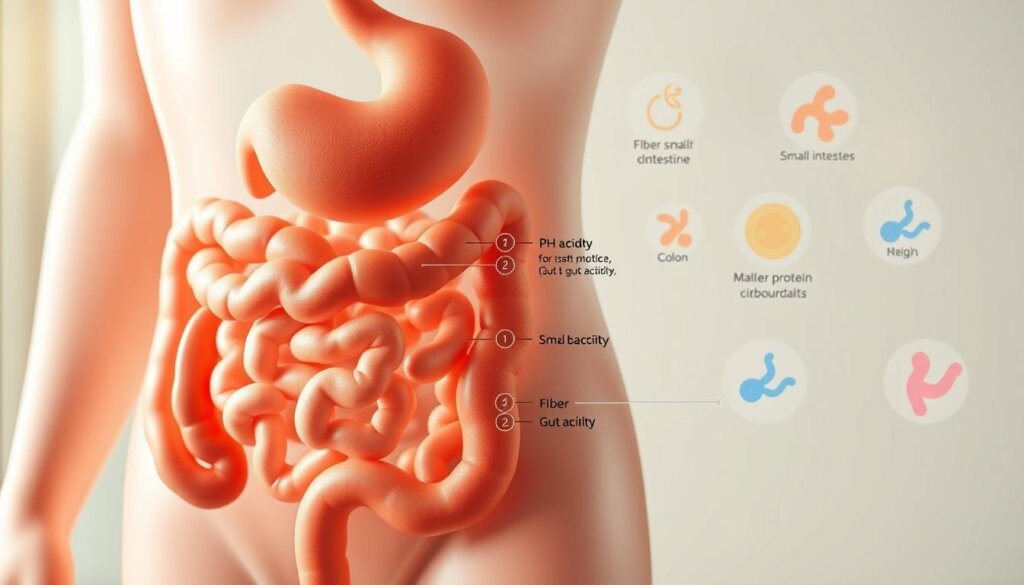
Foods That Promote a Slightly Acidic Gut
Nature offers delicious tools for maintaining optimal conditions. Fermented vegetables like kimchi introduce lactic acid—a natural compound that helps regulate acidity levels. Unsweetened yogurt with active cultures provides live microorganisms that thrive in slightly acidic environments.
| Food Type | Key Benefit | Common Sources |
|---|---|---|
| Fermented Items | Boost lactic acid production | Sauerkraut, tempeh |
| High-Fiber Options | Feed beneficial bacteria | Oats, bananas |
| Polyphenol-Rich | Reduce harmful microbes | Green tea, berries |
The Impact of Processed Foods and Sugars
That candy bar does more than satisfy cravings—it fuels microbial chaos. Research reveals sugary diets slash microbial diversity by 30% within days. Processed snacks often contain additives like polysorbate-80, which thin protective mucus layers.
Common culprits include:
- Soda: Increases acidity where it’s not needed
- Packaged baked goods: Contain emulsifiers linked to inflammation
- Instant noodles: High in salt and preservatives
“Regular consumption of processed items alters microbial activity patterns, creating environments where pathogens outcompete beneficial strains.”
For those experiencing discomfort after meals, targeted dietary adjustments often bring relief. Swapping refined snacks for fresh fruits and steamed vegetables helps restore natural balance while supporting long-term wellness.
Lifestyle Impacts on Gut Health
Ever notice how a hectic week affects your digestion? Daily habits shape your internal environment more than you might realize. Simple choices—from managing deadlines to bedtime routines—directly influence microbial communities working behind the scenes.
Stress Management Essentials
Chronic tension acts like an alarm system stuck in overdrive. When stressed, the body releases cortisol—a hormone that temporarily alters digestive functions. This response diverts energy away from nutrient processing, creating conditions where harmful microbes may thrive.
“Prolonged stress reduces microbial diversity by 40% in animal studies, weakening intestinal barrier function.”
Effective stress reduction strategies include:
- 10-minute breathing exercises to lower cortisol
- Regular walks in green spaces
- Social connections that boost oxytocin
Restorative Sleep Patterns
Quality rest serves as a nightly reset button for digestive health. During deep sleep cycles, the system repairs intestinal lining and regulates acidity levels. Poor sleep disrupts these processes, potentially leading to symptoms of microbial imbalance.
| Sleep Quality | Microbial Activity | pH Regulation |
|---|---|---|
| 7-9 hours | Optimal diversity | Stable acidity |
| <6 hours | Reduced SCFA production | Fluctuating levels |
Combining stress management with consistent sleep creates a protective balance. These practices help maintain environments where beneficial organisms can outcompete harmful strains naturally.
Key Probiotic Strains for pH Balance
Think of your microbiome as a team where each player has specialized skills. Certain strains excel at creating environments that keep harmful organisms in check. Choosing the right microbial allies makes maintaining equilibrium easier.
Lactobacillus Acidophilus and Its Benefits
This well-studied strain, like L. acidophilus NCFM®, acts as a natural bouncer. It produces lactic acid that crowds out unwanted visitors while supporting nutrient absorption. Research shows it helps maintain optimal conditions for digestive efficiency.
Other Influential Strains in Gut Health
Bifidobacterium lactis works alongside lactobacillus strains to strengthen defenses. These beneficial bacteria break down fibers into compounds that nourish intestinal cells. Together, they create a self-sustaining ecosystem resistant to disruptions.
For Malaysians seeking tailored advice, Wellness Group’s experts provide guidance via WhatsApp +60123822655 (Mon-Fri 9:30 am-6:30 pm, Sat 10 am-5 pm). Their personalized strategies help select strains suited to tropical climates and local diets.
FAQ
How does acidity in the gut affect overall health?
A slightly acidic environment supports beneficial bacteria like Lactobacillus acidophilus, which crowd out harmful microbes. This balance helps the immune system function effectively and reduces risks of infections or digestive discomfort.
What’s the difference between probiotics and prebiotics?
Probiotics are live microorganisms that add to healthy gut flora, while prebiotics are fibers that feed existing good bacteria. Both work together to maintain microbial balance, but they serve distinct roles in promoting wellness.
Can certain foods help maintain a balanced gut environment?
Fermented foods like yogurt, kefir, and sauerkraut introduce lactic acid, which promotes a slightly acidic pH. High-fiber vegetables, lean proteins, and healthy fats also support a stable environment for beneficial microbes.
How does stress influence gut pH levels?
Chronic stress triggers cortisol release, which can disrupt digestive function and alter pH. Over time, this imbalance may weaken the immune system and allow harmful bacteria to thrive.
Why is Lactobacillus acidophilus important for gut health?
This strain produces lactic acid, creating an environment that discourages pathogens. It also aids nutrient absorption and supports skin health by reducing inflammation linked to pH imbalances.
Do processed foods harm the gut’s microbial balance?
High-sugar or processed items feed harmful bacteria, leading to overgrowth and pH shifts. This can cause bloating, irregularity, or fatigue as the body struggles to maintain equilibrium.
How do beneficial bacteria support the immune system?
They compete with pathogens for resources and space, while also producing compounds like short-chain fatty acids. These strengthen the gut lining and regulate immune responses to threats.
What lifestyle changes promote a healthier gut pH?
Prioritizing sleep, staying hydrated, and managing stress through mindfulness or exercise can stabilize acidity. Reducing alcohol and smoking also helps maintain a resilient microbial community.


